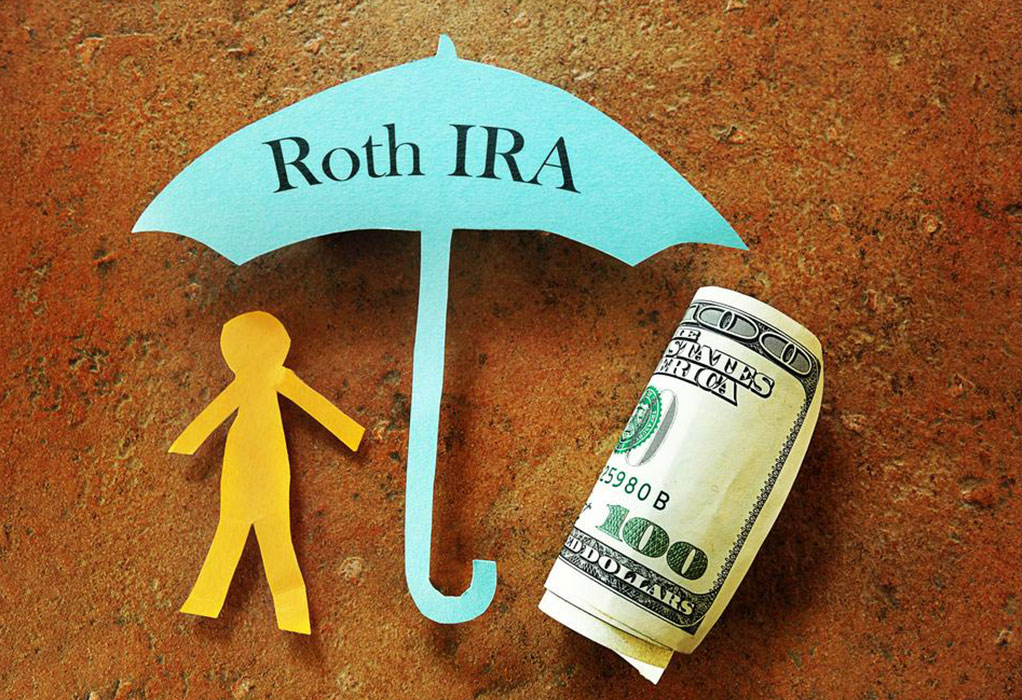Essential Guide to Individual Retirement Accounts (IRAs)
Learn the essentials of IRAs, including types, contribution limits, tax benefits, and withdrawal rules to optimize your retirement planning.
Sponsored

Essential Guide to Individual Retirement Accounts (IRAs)
An Individual Retirement Account (IRA) is a valuable tool for building your retirement savings while enjoying various tax advantages. There are two main types of IRAs based on tax benefits: Traditional IRA and Roth IRA. Contributions to a Traditional IRA are often tax-deductible, but taxes are due upon withdrawal. Conversely, contributions to a Roth IRA are made with after-tax dollars, with no taxes on qualified withdrawals. Eligibility for these accounts and their benefits depend on your modified adjusted gross income (MAGI).
Contribution limits are generally lower compared to 401(k) plans. As of 2016-2017, individuals under 50 can contribute up to $5,500 annually, with an additional $1,000 for those aged 50 or above. You can contribute to both Traditional and Roth IRAs, but total contributions must not surpass these limits. You can also have an IRA alongside an employer-sponsored retirement plan; however, this may influence your tax deductions for Traditional IRA contributions. Consulting a tax professional before making decisions is highly advised.
Withdrawing funds before age 59.5 typically incurs a 10% penalty plus applicable taxes, similar to other retirement accounts like 401(k). Exceptions include cases of death, qualified medical expenses, disability, and higher education costs. Importantly, loans against IRA funds are not permitted. Proper planning and understanding of rules can help maximize your retirement savings without penalties.






